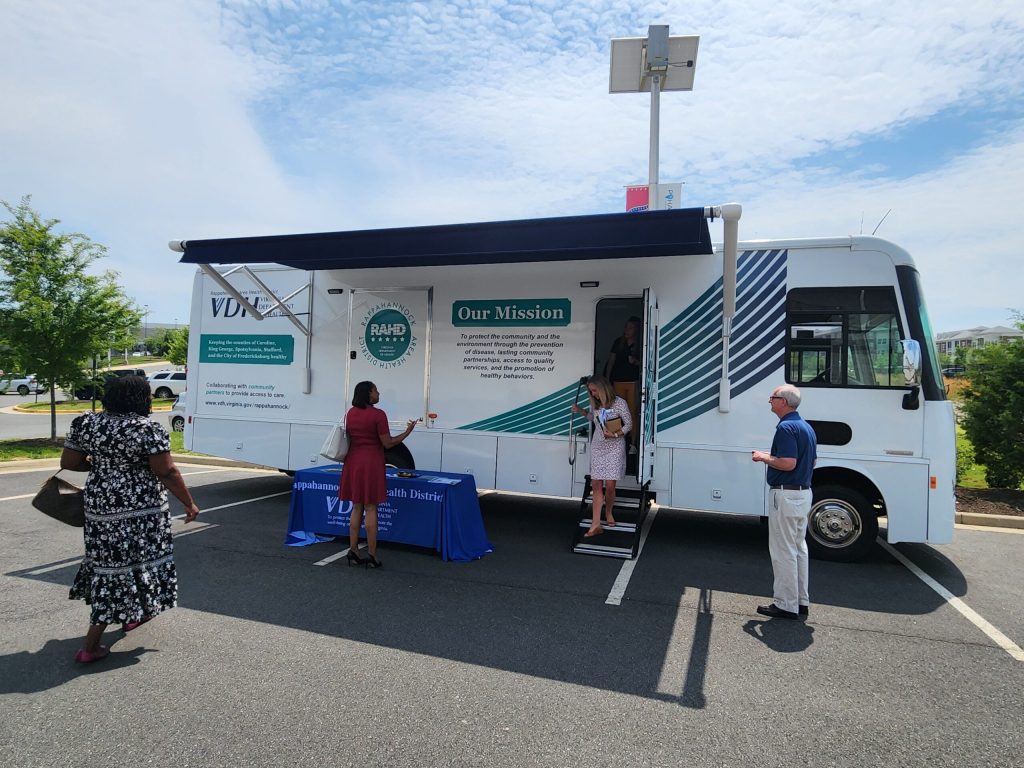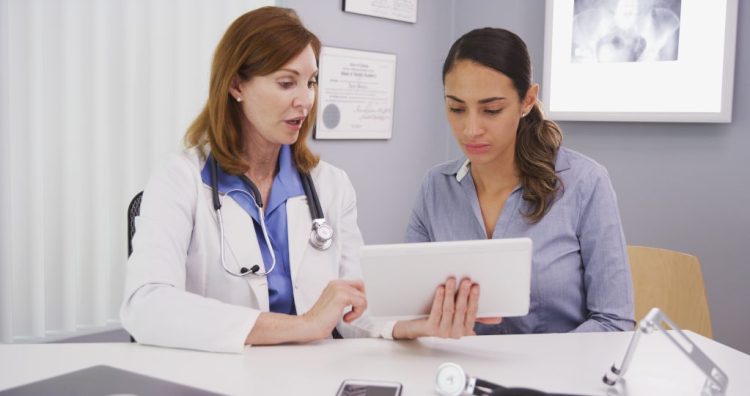Once upon a time, the most valuable neighborhood network was a group of vigilant residents peering through curtains to keep an eye on suspicious activity. Fast forward to the digital age, and that same sense of collective care is being repurposed—not just to protect property, but to protect health. Across the globe, hyper-local online forums, WhatsApp groups, Facebook communities, and neighborhood apps like Nextdoor are buzzing not with crime alerts but with wellness advice. Whether it’s a parent sharing a home remedy for a child’s cold, a retiree offering tips for managing joint pain, or a fitness enthusiast recommending stretches for desk workers, the new Neighborhood Watch isn’t scanning the streets—it’s scanning symptoms, ingredients, and healthcare headlines. Sharing health tips has become a community-driven form of preventative care—and it might just be reshaping how we think about grassroots health leadership.
Digital Communities With Analog Intentions
The core mission of the traditional Neighborhood Watch was community vigilance—residents looking out for one another’s safety through shared information and quick action. The same principles are being translated into health, but through digital channels. Online neighborhood groups are now often filled with posts about where to get the flu shot, how to find an affordable dentist, or what foods helped someone manage their cholesterol. These communities function not only as information hubs but as support networks. Behind every post is an implicit message: we care about each other. In an era when public health systems can feel distant or overwhelmed, these micro-networks become vital touchpoints for connection and education.
The Rise of Local Wellness Influencers
While celebrity health influencers might dominate Instagram and TikTok, the most influential voices in local health forums tend to be regular people—like the mom down the street who’s tried every gluten-free brand or the runner who posts weekly updates on their blood pressure journey. These local influencers often gain credibility not from credentials but from consistency, honesty, and relatability. Their value lies in the fact that they’re not preaching from a pedestal—they’re living the same lives, in the same zip code, facing the same environmental and economic realities. When they recommend a walking trail, it’s one a neighbor can actually use. When they talk about a clinic, it’s one that’s accessible to everyone in the area. This hyper-local relevance makes their advice more actionable than generalized content from national sources.
Health Conversations at the Speed of Trust
One of the most compelling aspects of these groups is how they accelerate trust-building. In traditional healthcare settings, patients often face barriers to communication—complex terminology, time constraints, and impersonal protocols. Online neighborhood groups remove many of those barriers. Posts are written in casual language, often infused with humor, empathy, or urgency. People feel free to ask questions they might hesitate to bring up with a doctor: “Is this rash normal?” “What do you eat when you’re trying to lower blood sugar?” “Anyone else feel anxious when it rains all week?” Because the community is familiar—even if only digitally—there’s a baseline level of trust that makes sharing feel safe and stigma-free.
Democratizing Health Knowledge
Another powerful effect of these digital health forums is their role in democratizing health knowledge. Access to reliable information has long been a privilege of those with time, education, or connections to healthcare professionals. In contrast, community forums allow for real-time, crowdsourced knowledge sharing. One neighbor might post a link to a public health resource; another might translate it into plain language. Someone might share a cultural home remedy, prompting discussions about traditional healing practices. In this way, the community becomes a collective library of lived experience and practical know-how—something especially vital in underserved or multicultural neighborhoods where mainstream health messaging may fall short.
Preventative Care Starts in the Chat Thread
Public health experts agree that preventative care is the foundation of a healthier society, but convincing people to take small daily actions can be difficult without ongoing support. This is where neighborhood health groups shine. Their persistent, low-pressure messaging—reminders to drink water, stretch, walk, meditate—reinforces healthy habits without sounding preachy. Seasonal trends often emerge, like flu prevention tips in winter or sunscreen reminders in summer. These conversations, though informal, help participants internalize wellness as a lifestyle, not just a reaction to illness. They shift the focus from treatment to prevention—something formal systems often struggle to do effectively at the grassroots level.
Mental Health Finds a Digital Village
One of the most moving developments in neighborhood health forums is the growing openness around mental wellness. It’s common now to see posts where someone confides in the group about anxiety, burnout, or loneliness. These messages are often met with overwhelming support—suggestions for breathing exercises, links to counseling services, invitations to join a yoga class or just words of solidarity. This kind of peer validation can be life-changing, especially for individuals who feel isolated or ashamed. Digital spaces are allowing people to say, “I’m not okay,” and be met with kindness rather than silence. It’s mental health advocacy that’s deeply personal and incredibly effective.
Bridging Generational Gaps Through Shared Wisdom
Interestingly, these forums also function as intergenerational health bridges. Older adults often have decades of experiential wisdom, from managing chronic illness to using holistic remedies. Younger participants may contribute tech-savvy approaches, like meditation apps or fitness tracking gadgets. This cross-pollination of knowledge fosters mutual respect and community learning. A grandmother might share a calming tea recipe; a Gen Z neighbor might suggest pairing it with a guided mindfulness video. The result is a community culture that values both tradition and innovation in health.

The Role of Moderators and Health Professionals
Some neighborhood health groups remain completely peer-led, while others invite trained moderators or even local health professionals to join. Having a nurse, pharmacist, or wellness coach in the group can elevate the quality of information shared—especially when they participate without condescension. Their presence can also help correct misinformation, a necessary counterbalance in any user-generated environment. Still, the most effective health professionals in these groups are those who understand the group’s tone and purpose: to support, not to lecture. When professionals act as collaborators rather than authority figures, the dynamic strengthens rather than stifles community health.
When Advice Turns Risky: Managing Misinformation
While the benefits of health tip sharing are substantial, the risks are real too. Not all advice is good advice, and what works for one person may be dangerous for another. Groups have seen debates rage over vaccine misinformation, fad diets, or unverified supplements. The responsibility often falls on moderators and informed members to keep discussions factual and respectful. Promoting digital literacy—encouraging members to fact-check sources, ask for scientific backing, and consult with doctors when needed—is essential. Health departments and public institutions can play a role by providing digestible, sharable content that aligns with local needs and languages, helping these forums remain helpful rather than harmful.
A Support System in Times of Crisis
During crises like the COVID-19 pandemic, neighborhood health groups became lifelines. From sharing testing site information to coordinating grocery deliveries for the vulnerable, these communities proved their real-world utility. In disaster-prone areas, they also help disseminate first-aid protocols, hydration tips during heatwaves, or mental health resources following trauma. Unlike official emergency alert systems, these groups provide real-time, two-way communication that allows for adaptive responses based on community feedback. The lessons learned during such times are reinforcing the idea that hyper-local forums aren’t just nice to have—they’re critical infrastructure.
Health Equity in the Digital Age
For all their potential, these forums also reflect larger issues of digital access and inclusion. Not all residents have smartphones, data plans, or digital fluency. Immigrant communities may prefer other platforms, languages, or communication styles. Ensuring that neighborhood health dialogue reaches everyone means investing in digital literacy, translating key information, and blending online outreach with offline efforts. For example, a digital post about a free yoga class should be accompanied by flyers at the library or church bulletin board. The goal is to make health advice omnipresent—regardless of the channel.
The Future of Community Wellness Is Already Here
What began as simple status updates and neighborhood check-ins has quietly evolved into a revolution in peer-to-peer public health. As these digital neighborhoods continue to grow, so too does their impact. Health doesn’t have to come solely from doctors or clinics—it can come from a neighbor who cares enough to share what they’ve learned. In a world increasingly fragmented by algorithms and headlines, the hyper-local remains surprisingly powerful. These groups remind us that the most effective way to change lives isn’t necessarily through sweeping policy—but through shared experience, consistent encouragement, and collective responsibility.
Conclusion: From Watchdogs to Wellness Guides
The evolution of the Neighborhood Watch into a health-conscious digital collective isn’t just a clever rebrand—it’s a reflection of changing priorities and growing awareness. We now understand that safety isn’t only about preventing crime—it’s about preventing disease, isolation, and misinformation. In this new reality, neighborhood health forums are more than a social perk; they’re a pillar of community resilience. When we share wellness tips with the same urgency and solidarity we once reserved for lost pets or suspicious vans, we expand our definition of what it means to care. And in that care, we find something truly powerful: the possibility of health that is collective, continuous, and deeply human.

















































